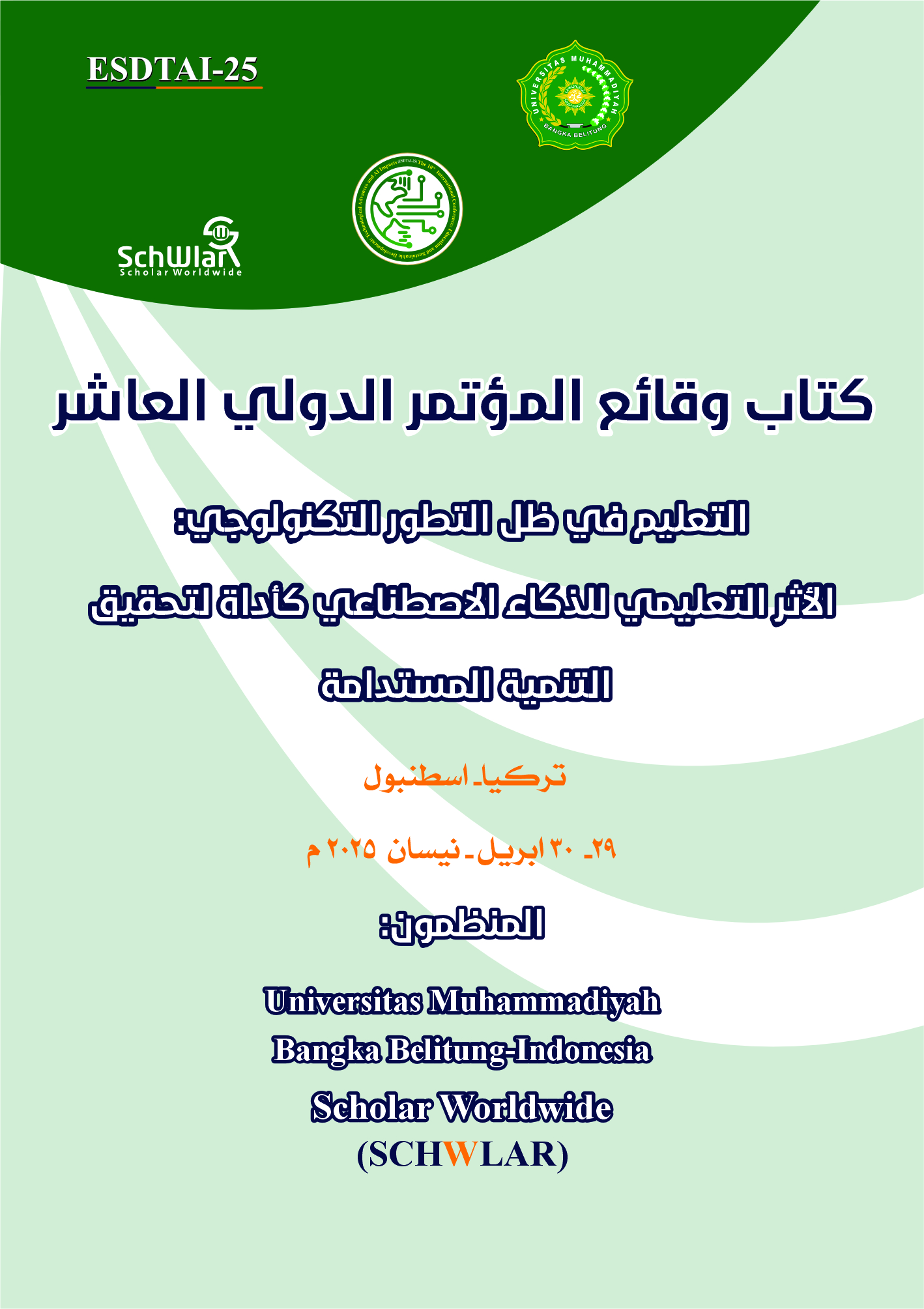Video game localization in the Arab world: a case study of the Witcher 3
Main Article Content
Abstract
Arabic video game localisation is an emerging field in translation studies, with limited in-depth research conducted on the subject. Existing studies often focus on the challenges of localizing a single game or analyzing multiple games while primarily addressing linguistic aspects. This study comprehensively evaluates the Arabic localisation of The Witcher 3, a well-known game in the Arab world. The analysis focuses on two main localisation components: the User Interface (UI) and cinematics. A multimodal corpus of screenshots was collected from the game to achieve this. The analysis was conducted in two stages: first, the data was categorized into two main groups—UI and cinematics—and second, a linguistic, technical, and cultural evaluation was performed. The findings revealed that while the localisation was successful linguistically, it encountered serious shortcomings related to culture and technology. Several culturally sensitive visuals and themes were left unchanged, conflicting with the target audience’s norms. Additionally, the UI and menus were not designed to accommodate right-to-left (RTL) script, leading to layout issues that negatively affected the gameplay experience. This study contributes to the growing body of research on Arabic video game localization. It also highlights the need for further research that can provide practical guidelines to assist localization professionals and game developers in producing high-quality Arabic localisations.
Article Details

This work is licensed under a Creative Commons Attribution 4.0 International License.
